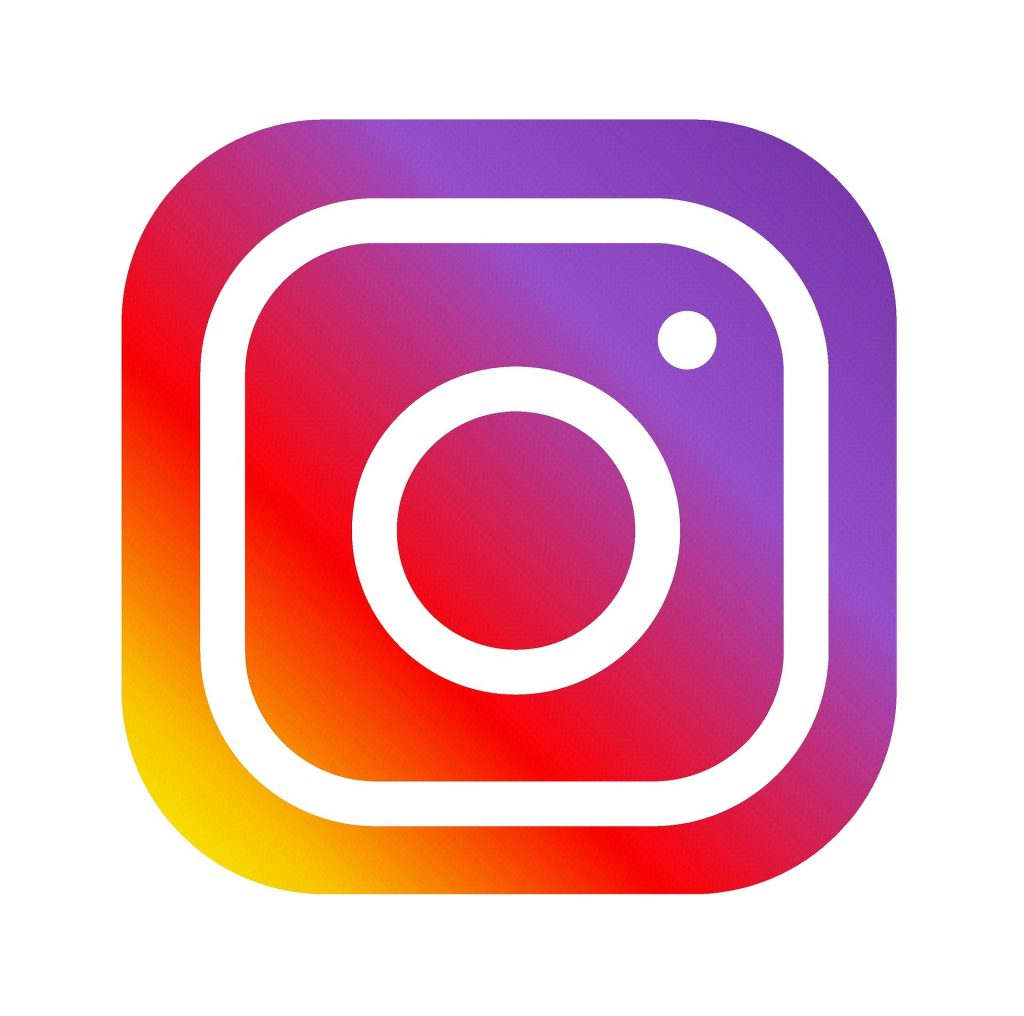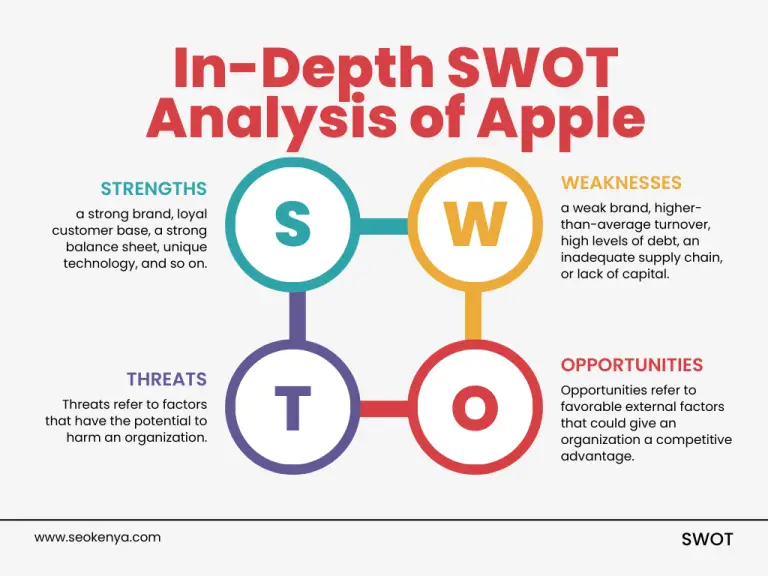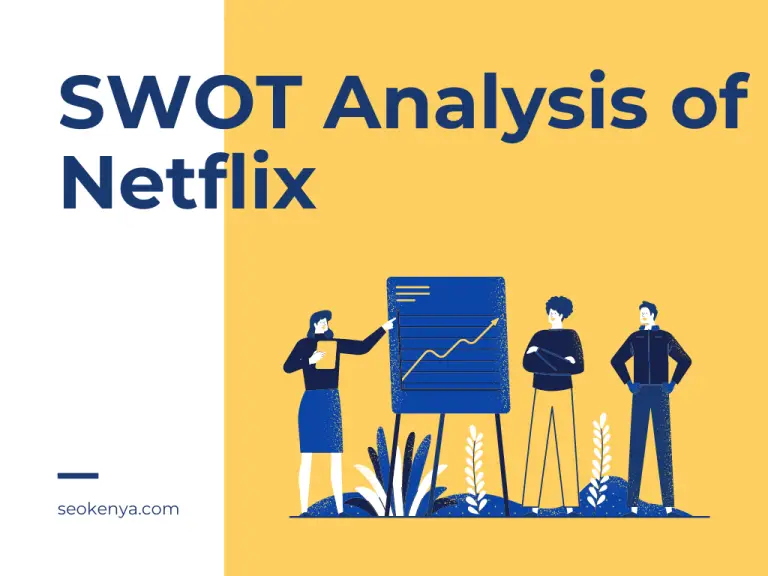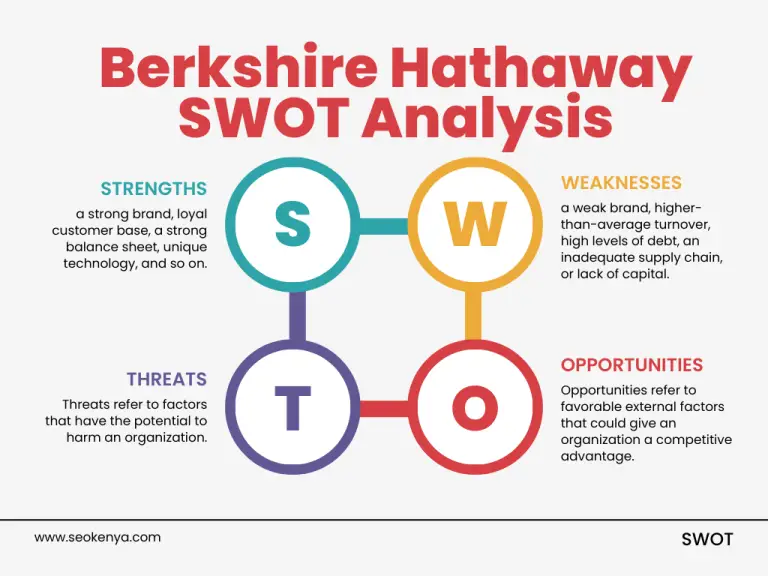In-Depth Instagram SWOT Analysis
Instagram is one of the most popular social media platforms in the world, with over one billion active users.
Instagram is a photo and video-sharing social networking service owned by Meta Platforms. It was initially released on October 6, 2010, and has since gained immense popularity, reaching one billion users by June 2018.
Instagram allows users to upload media that can be edited with filters and offers various features like messaging, multiple image or video posts, and Stories, which are accessible for 24 hours. The platform was acquired by Facebook Inc. in April 2012.
Instagram has faced criticism for its impact on mental health, policy changes, alleged censorship, and inappropriate content. It was originally developed as Burbn, a check-in app, but later shifted its focus to photo-sharing, leading to its current success as a prominent social media platform.
Instagram is available in 32 languages and has been praised for its influence while also facing scrutiny for various issues
As competition in the market becomes increasingly fierce, it is essential for Instagram to conduct a thorough SWOT analysis to determine its strengths, weaknesses, opportunities, and threats.

Overview of Instagram
| Category | Details |
|---|---|
| Company Name | |
| Headquarters | Menlo Park, California, United States |
| Founded | 2010 |
| Industry | Social Media, Photo/Video Sharing |
| Parent Company | Meta Platforms, Inc. (formerly Facebook, Inc.) |
| Key Features | Photo/Video Sharing, Stories, Reels, IGTV, Direct Messaging, Live Videos |
| Monthly Active Users | Over 1 billion (as of 2022) |
| Revenue Model | Advertising |
| Founders | Kevin Systrom, Mike Krieger |
In this article, we will delve into a comprehensive Instagram SWOT analysis to help the company maximize its opportunities in the highly competitive social media market.
Strengths of Instagram
- Large User Base: With over one billion active users, Instagram has a massive user base that provides the company with significant opportunities for growth and revenue generation.
- Strong Brand Identity: Instagram has a strong brand identity and is widely recognized as a platform for visual storytelling, which sets it apart from its competitors and attracts a large audience.
- Wide Range of Content Types: Instagram offers a wide range of content types, including photos, videos, and stories, which provides users with a diverse range of content to engage with.
- Growing E-Commerce Capabilities: Instagram is continually expanding its e-commerce capabilities, including the introduction of shopping features that allow users to purchase products directly from the platform.
- Visual Content: Instagram is a visually-driven platform, which allows users to share photos and videos with their followers. This visual content can help businesses to showcase their products and services in a way that is eye-catching and memorable.
- User Engagement: Instagram is known for its high levels of user engagement. Users are more likely to interact with and share content on the platform, which can help businesses to reach a wider audience and increase their visibility.
- Targeted Advertising: Instagram’s advertising platform allows businesses to target their ads to specific groups of users based on factors like age, location, interests, and behaviors. This makes it easier for businesses to reach their target audience and achieve their marketing goals.
Weaknesses of Instagram
- Dependence on Ad Revenue: Instagram relies heavily on ad revenue to sustain its business, making the company vulnerable to changes in the advertising market.
- Competition from Other Social Media Platforms: Instagram faces intense competition from other social media platforms, such as Facebook and Snapchat, which could limit the company’s growth potential.
- Limited Monetization Opportunities for Creators: Currently, Instagram offers limited monetization opportunities for its creators, which could limit the platform’s ability to retain top talent.
- Privacy Concerns: Instagram has faced criticism over its privacy practices, which could damage the company’s reputation and discourage users from engaging with the platform.
- Algorithm: The algorithm that determines what content is shown to users on Instagram can be unpredictable and frustrating for businesses. The algorithm prioritizes content from friends and family over content from businesses, which can make it difficult for businesses to reach their target audience.
- Limited Functionality: While Instagram is primarily a photo and video-sharing platform, it has limited functionality compared to other social media platforms. This can make it more difficult for businesses to interact with their followers and provide a more comprehensive brand experience.
- Ad Fatigue: With the increasing number of businesses using Instagram for advertising, users are becoming more likely to experience ad fatigue. This can make it more difficult for businesses to stand out and effectively
Opportunities of Instagram
- Expansion into New Markets: Instagram has the opportunity to expand into new markets and tap into new audiences, including emerging economies in Asia and Africa.
- Diversification of Revenue Streams: To sustain its business, Instagram can diversify its revenue streams by offering additional products and services, such as e-commerce and virtual events.
- Collaboration with Brands: Instagram can collaborate with brands to create branded content and leverage the platform’s massive user base for advertising and marketing purposes.
- Integration with Virtual and Augmented Reality: Instagram can explore the potential of virtual and augmented reality technology to create unique and immersive user experiences.
- Expanding Features: Instagram has the opportunity to expand its features and functionality, making it a more comprehensive platform for businesses. This could include adding new tools for communication, collaboration, and marketing.
- Increased Monetization: Instagram has the potential to increase its monetization by offering new advertising options, such as sponsored posts, video ads, and shoppable posts. This could help to generate additional revenue for the platform and support its growth.
- Global Expansion: Instagram has the opportunity to expand its reach and grow its user base by targeting new markets around the world. This could include regions where social media usage is currently low, but growing rapidly.
Threats of Instagram
- Cybersecurity Risks: Instagram is vulnerable to cybersecurity risks, including hacking and data breaches, which could damage the company’s reputation and negatively impact its user base.
- Intellectual Property Concerns: Instagram must address concerns over intellectual property rights and ensure that content creators are adequately compensated for their work.
- Adblocking Technology: The rise of adblocking technology could limit the effectiveness of Instagram’s advertising efforts and impact its revenue.
- Economic Uncertainty: The global economy is facing uncertainty due to various factors, including the COVID-19 pandemic, which could impact Instagram’s revenue and growth prospects.
- Competition: Instagram faces significant competition from other social media platforms, such as Facebook, Twitter, and Snapchat. These platforms may offer similar features and functionality, making it more difficult for Instagram to differentiate itself and attract new users.
- Privacy Concerns: With the growing concerns around privacy and data security, Instagram may face increased pressure to protect the data of its users. This could involve implementing stricter privacy policies, which could impact the platform’s usability and popularity.
SWOT (Strengths, Weaknesses, Opportunities, Threats) Analysis for Instagram in a summary table format:
| Strengths | Weaknesses |
|---|---|
| • Large and highly engaged user base (over 1 billion monthly active users) | • Dependence on parent company Meta (formerly Facebook) for resources and decision-making |
| • Strong brand recognition and popularity, especially among younger demographics | • Lack of diversified revenue streams beyond advertising |
| • Visually appealing and user-friendly interface | • Concerns over user privacy and data security |
| • Integration with other Meta platforms (Facebook, WhatsApp, etc.) | • Ongoing issues with content moderation and misinformation |
| Opportunities | Threats |
|---|---|
| • Expansion into e-commerce and online shopping features | • Intense competition from other social media platforms (TikTok, Snapchat, etc.) |
| • Monetization of new features like Instagram Reels and IGTV | • Changing user preferences and shifts in social media trends |
| • Growth in emerging markets and developing regions | • Regulatory scrutiny and potential restrictions on data collection and advertising practices |
| • Partnerships and collaborations with brands and influencers | • Negative public perception and backlash over privacy concerns or controversial content |
In conclusion, Instagram has several strengths, including a wide user base, visually-driven content, high levels of user engagement, and targeted advertising options. However, it also faces some weaknesses, such as the unpredictable algorithm, limited functionality, and ad fatigue.
There are also opportunities for Instagram to expand its features, increase monetization, and grow its global reach. Additionally, the platform faces threats from competition, privacy concerns, and the rise of ad blockers.
Overall, Instagram is a powerful platform with a large and growing user base, but it is important for businesses to consider the SWOT analysis when deciding how to effectively leverage the platform for marketing purposes.
By understanding the strengths, weaknesses, opportunities, and threats of Instagram, businesses can make informed decisions and maximize their success on the platform.
In the visual representation above, the SWOT analysis of Instagram is shown in a clear and concise way, making it easy to understand the key factors affecting the platform.
By evaluating the strengths, weaknesses, opportunities, and threats of Instagram, businesses can develop a strategic approach to leveraging the platform for marketing success.


